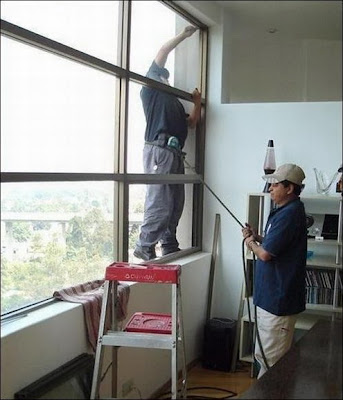 When we speak of safety based on books, its importance is next to food. It is essential for all individuals including the workers in companies and their respective families as well. The rising number of individuals affected by workplace-induced accidents is totally unacceptable. Upon review, such accidents have the potential for risk management but were not totally managed by concerned individuals resulting in injury to people. The accident could have been prevented if the right management and leadership skills. The strategy includes tactical planning and the utilization of safety hazard tools to prevent further damage in times of calamities.
When we speak of safety based on books, its importance is next to food. It is essential for all individuals including the workers in companies and their respective families as well. The rising number of individuals affected by workplace-induced accidents is totally unacceptable. Upon review, such accidents have the potential for risk management but were not totally managed by concerned individuals resulting in injury to people. The accident could have been prevented if the right management and leadership skills. The strategy includes tactical planning and the utilization of safety hazard tools to prevent further damage in times of calamities.The seriousness of such injuries created in their workplace impairs the workers to perform tasks at work creating a heavy financial burden and manpower shortage on the side of the company. The company might as well suffer the consequences of expensive medical assistance and insurance because there is a corresponding legal implication if they failed to follow the employer worker's working contract. Workplace-induced injuries are affecting the entire workforce, making way for the concept of workplace safety to emerge in every company's written rules.
As a precaution for companies, it is essential that they should provide their workers with personal safety gear, safety tools, workforce apparel, and manuals in cases of emergency and disaster. Part or portion of their worker's training should include a few hours of emergency and disaster management and appropriate wearing and manipulation of safety gears and equipment. It is essential that workers are always prepared and assessed before they enter their respective departments because nobody can tell when an emergency or a disaster strikes us. The company should enforce and ensure a safe environment for their workers.
and ensure a safe environment for their workers.
As a precaution to workers, they should also take the responsibility to ask for any training and participate in other emergency and disaster management plans because it is for their safety. Their bosses would just come to their company for a few hours and they are the one who spends most of the time there.
Big companies have specialized internal divisions implementing safety and hazard-free standards. They are the one who promulgates rules and reprimand violators of the said rules. The division works hand in hand with another department to share one common goal, and that is workplace safety. We also have external regulating divisions responsible for conducting structured accreditation and quality assurance inspection. They aim to make sure that the public is being protected the moment they enter the company's establishment and the individuals who work in the company.
At the national level, there is a regulating agency responsible for implementing safety standards and regulation of workplace-related injuries either caused by faulty engineering or disaster-induced calamities. They are the one who checks the company's safety  standards and permits big establishments to operate after an actual ocular inspection. They are also implementing workplace caring campaigns and conducting random or surprise inspections of establishments that have reported unsatisfactory workplace security standards.
standards and permits big establishments to operate after an actual ocular inspection. They are also implementing workplace caring campaigns and conducting random or surprise inspections of establishments that have reported unsatisfactory workplace security standards.
It is always best to prevent than to deal with the actual damage. It takes time, money, and effort cheaper than dealing with cases of serious damage because of faulty plans. A workplace safety plan is not only for individual workers but also for company owners. And this is not possible without the collaborative approach of the two.








No comments:
Post a Comment